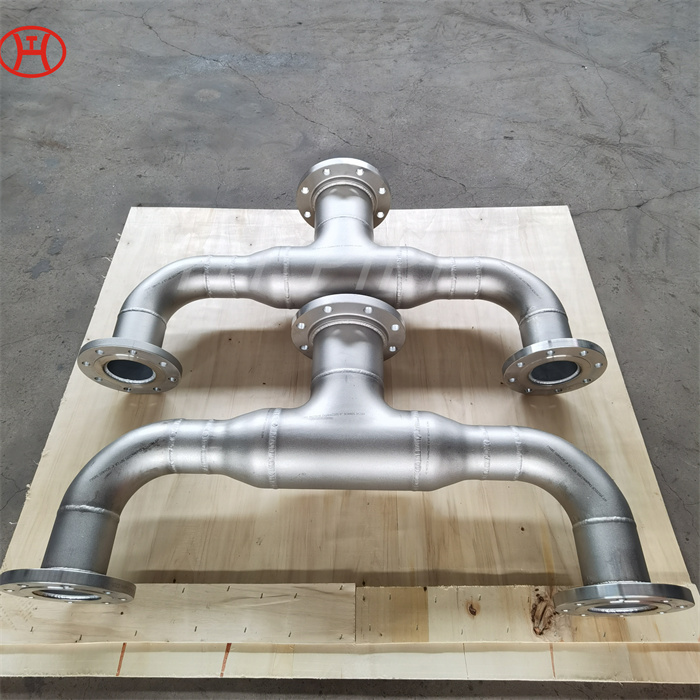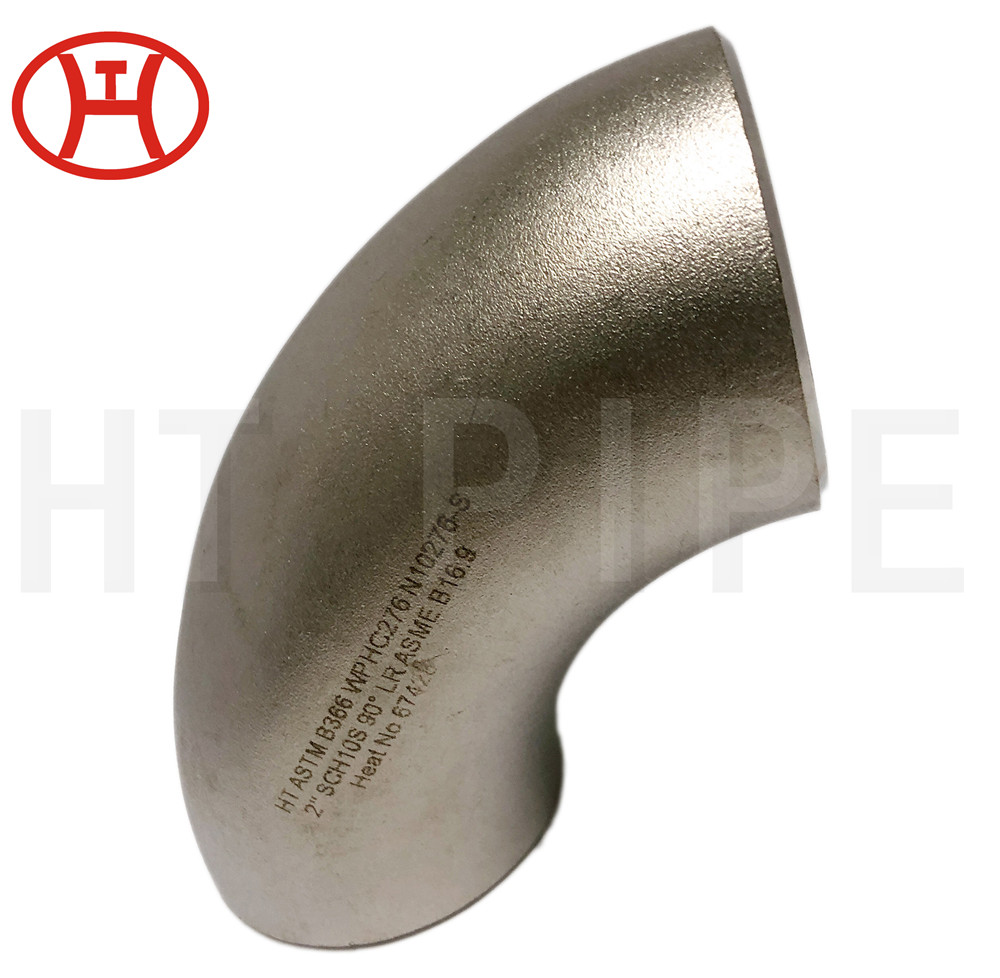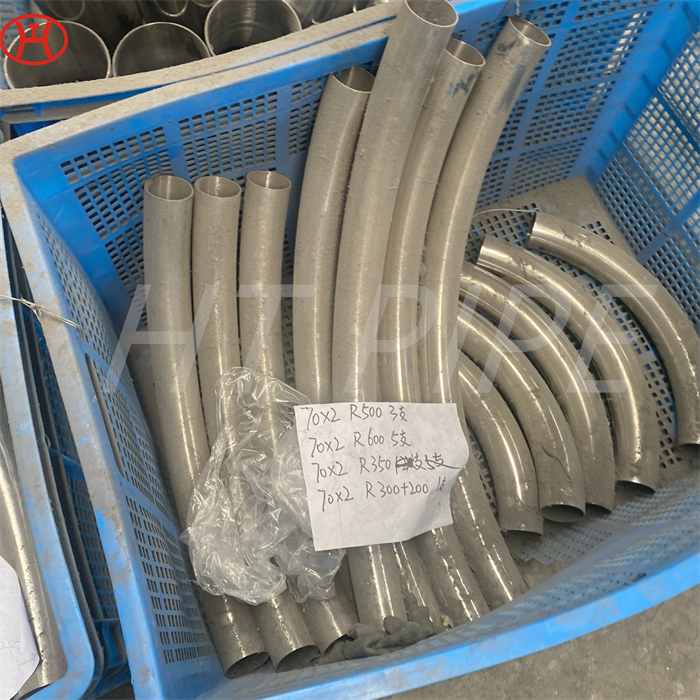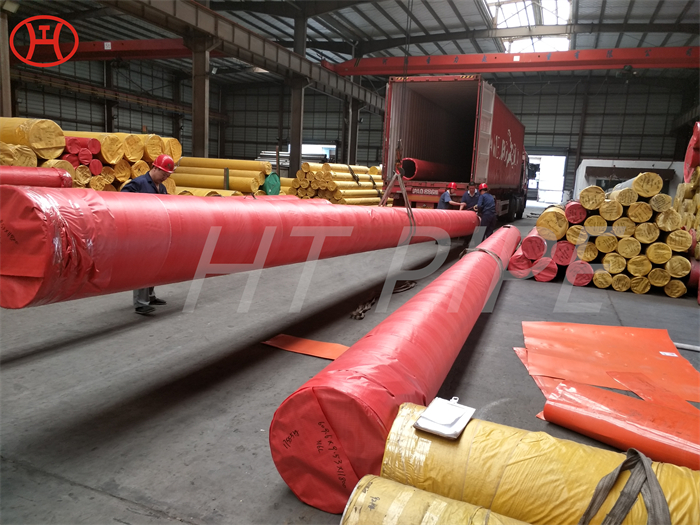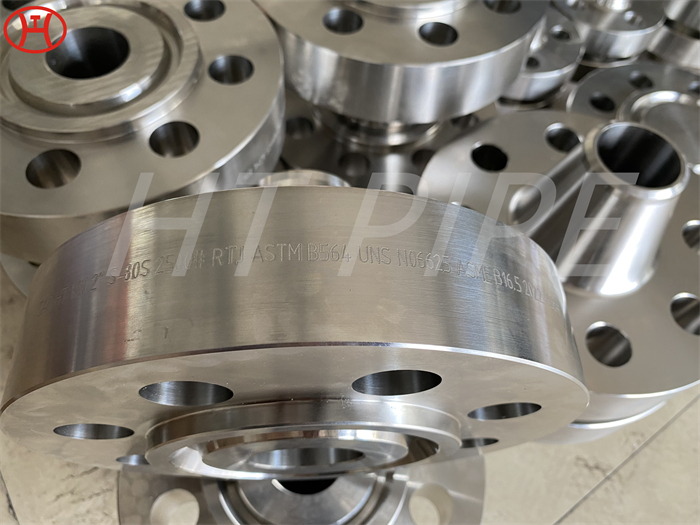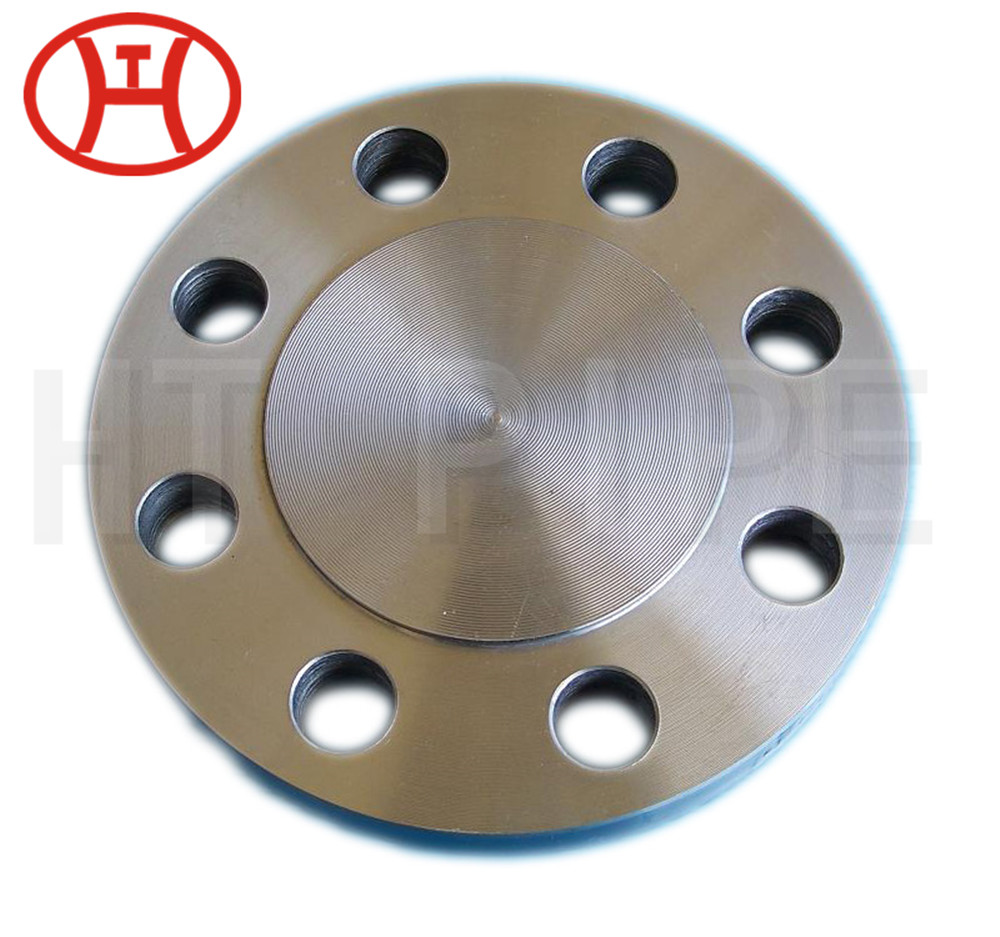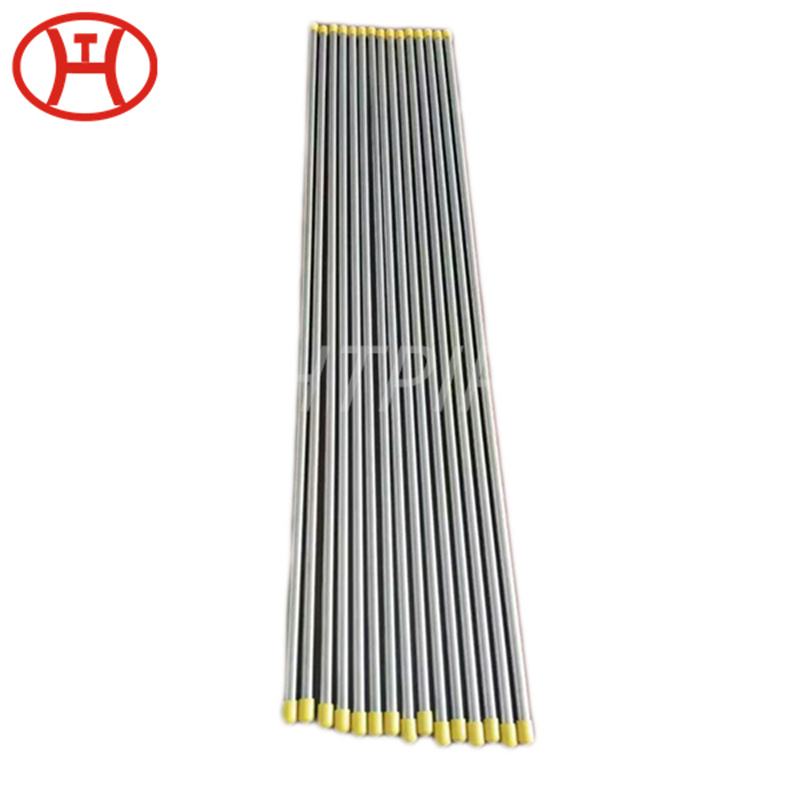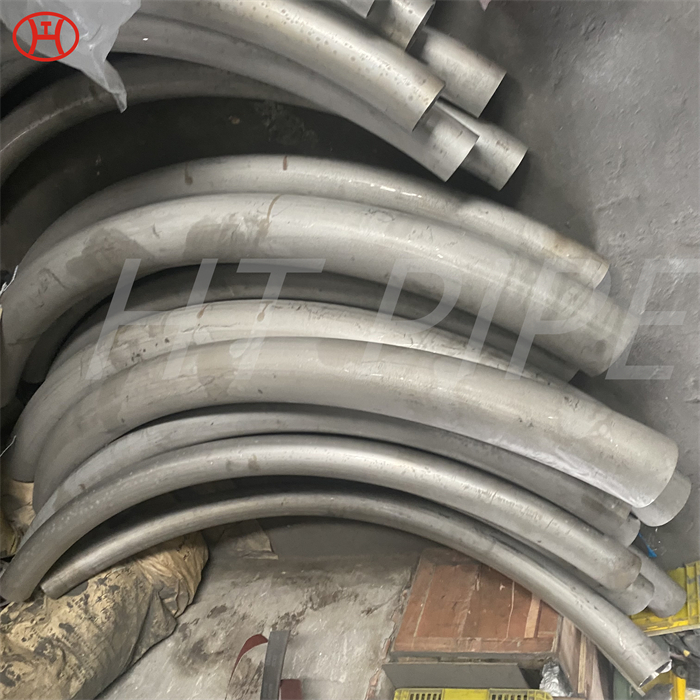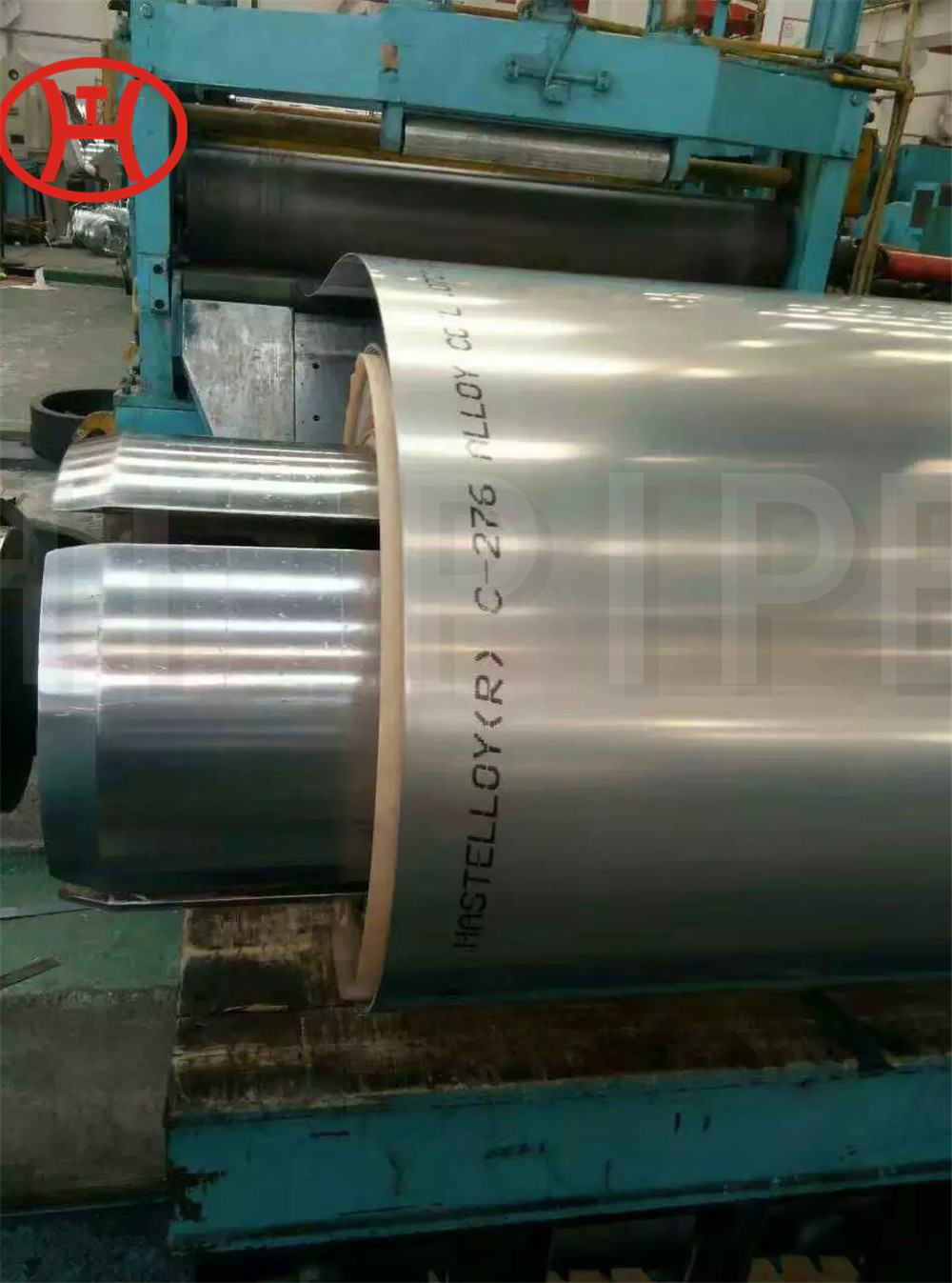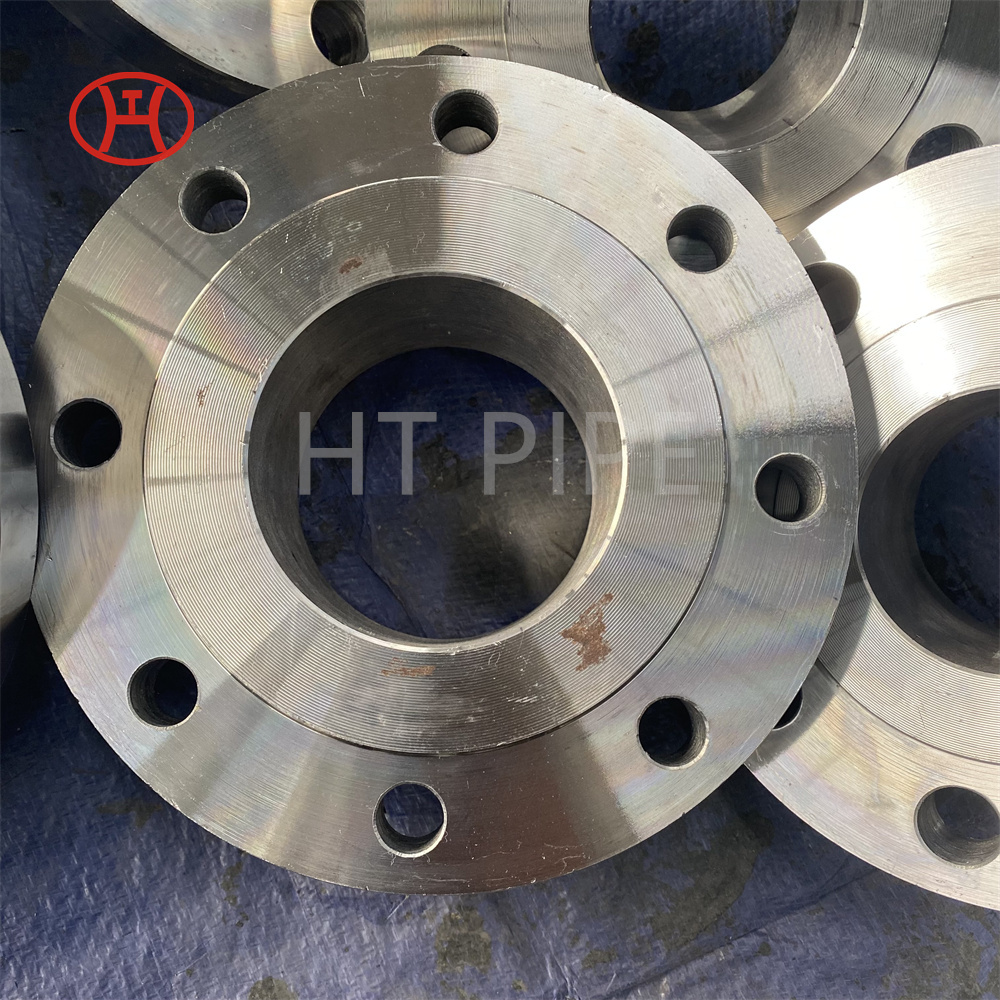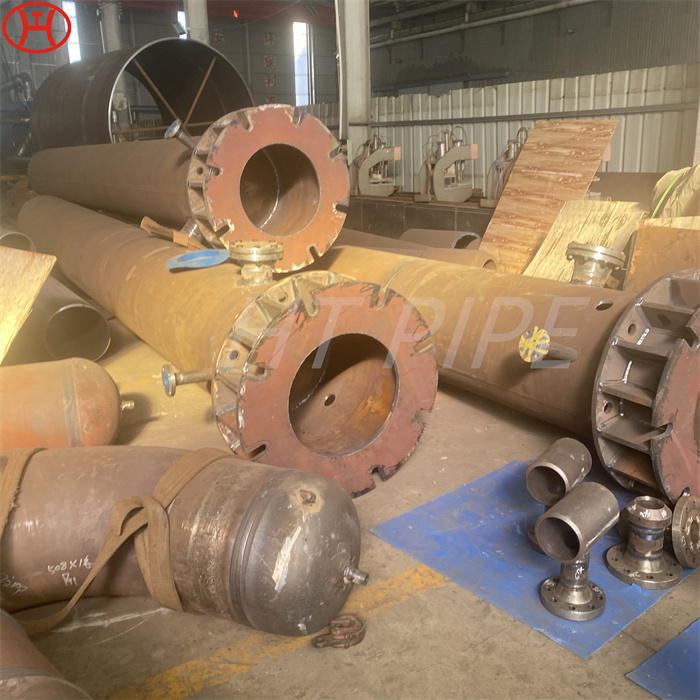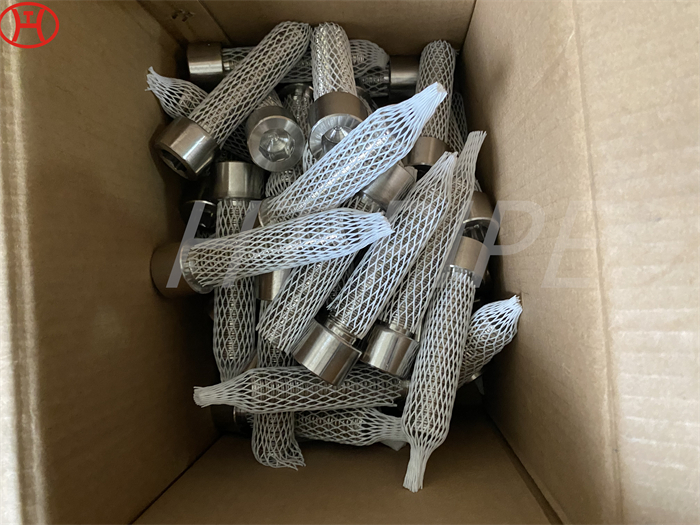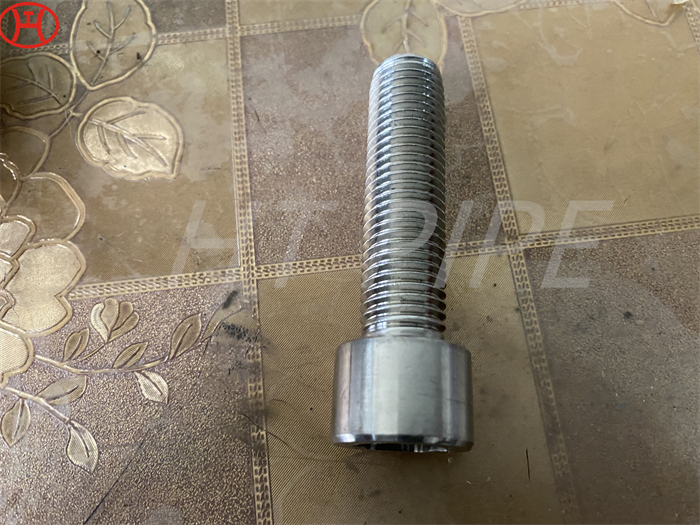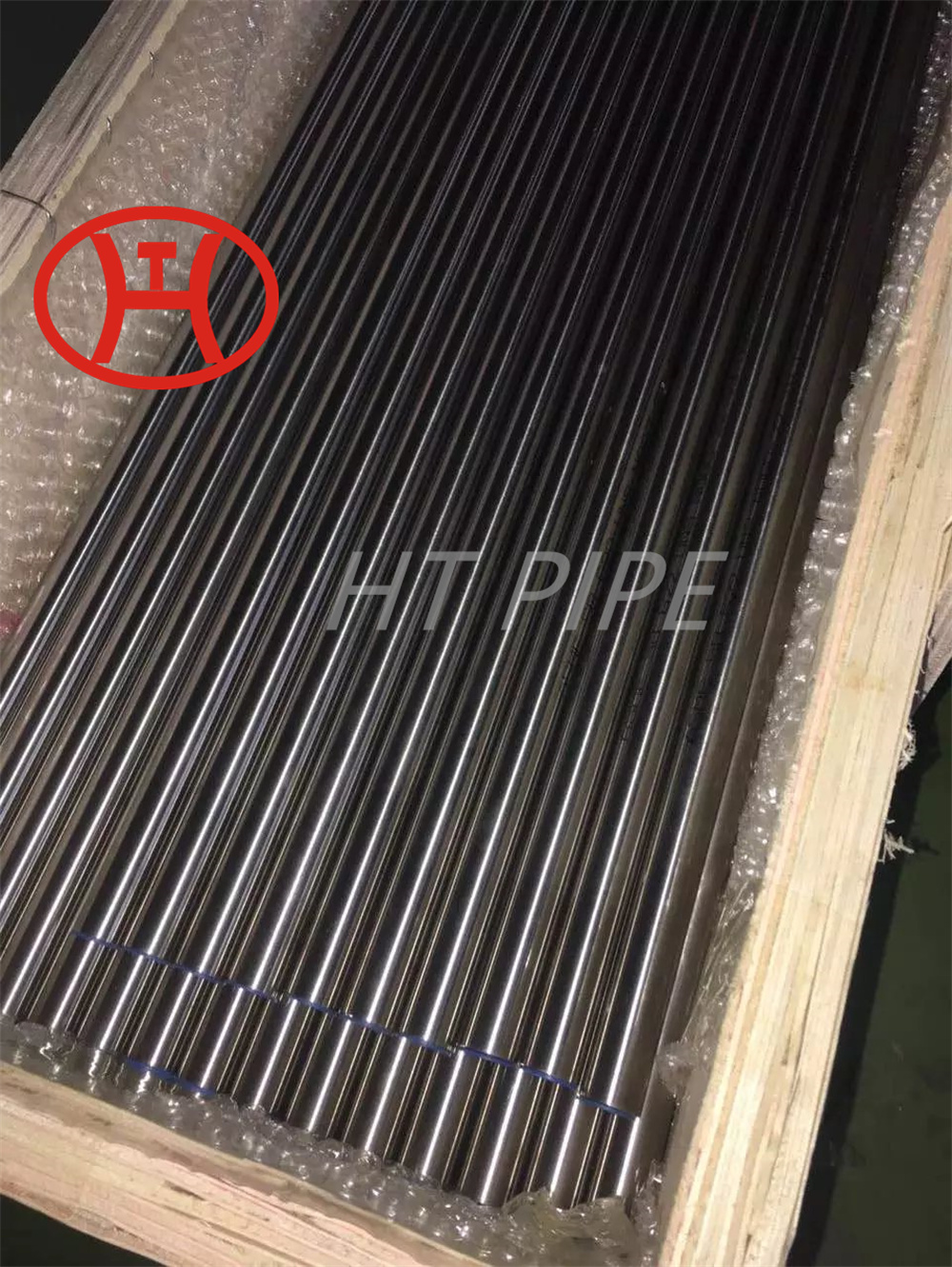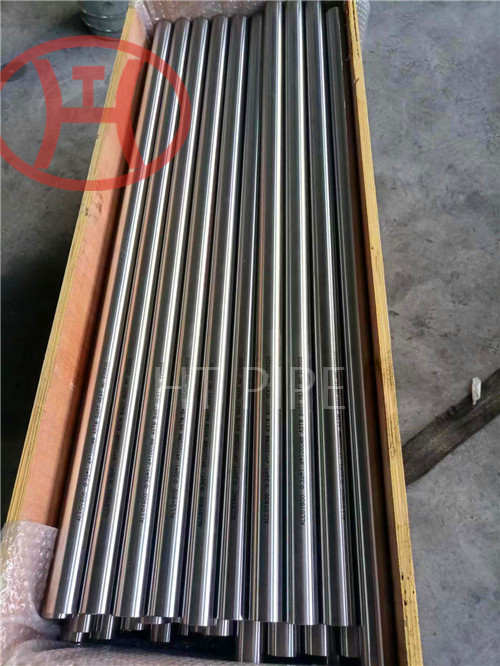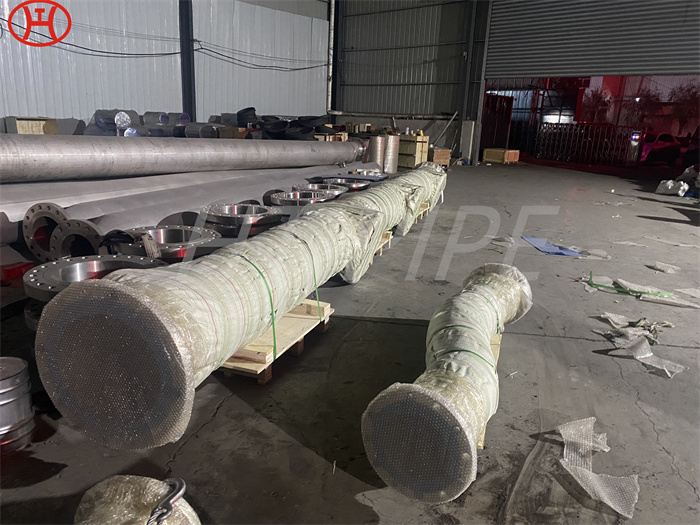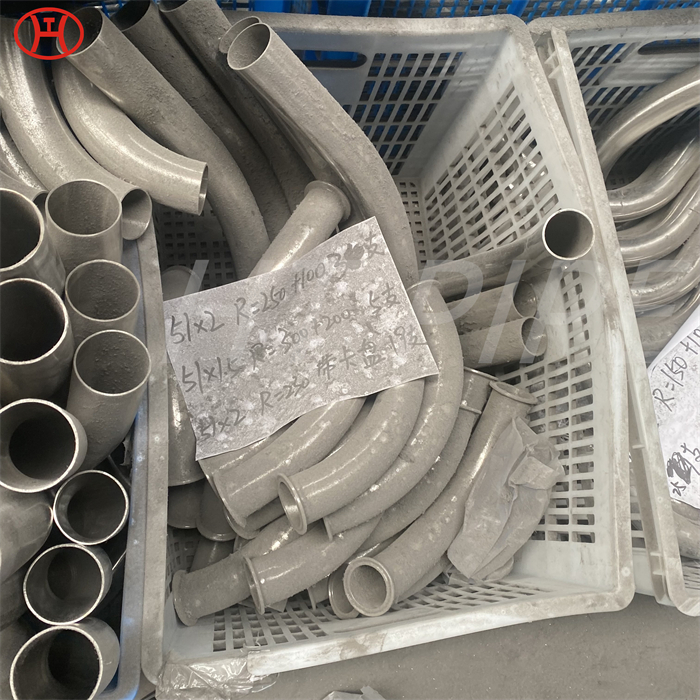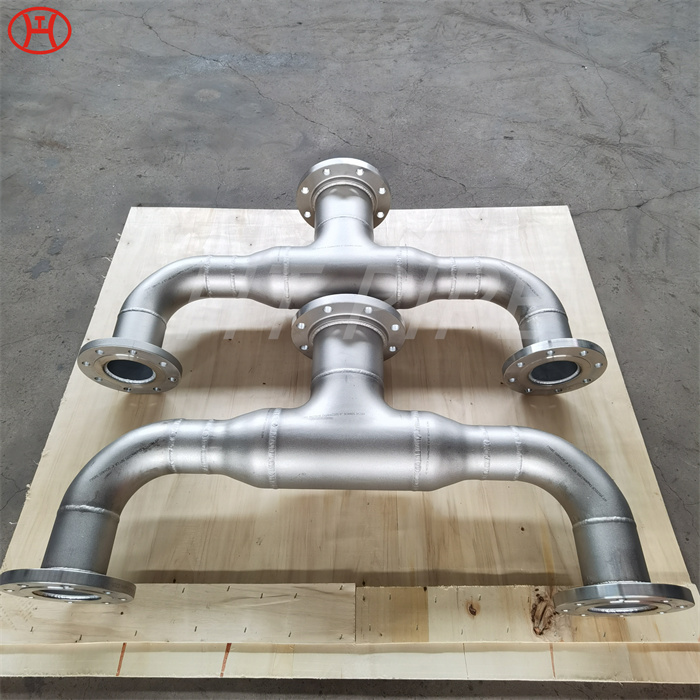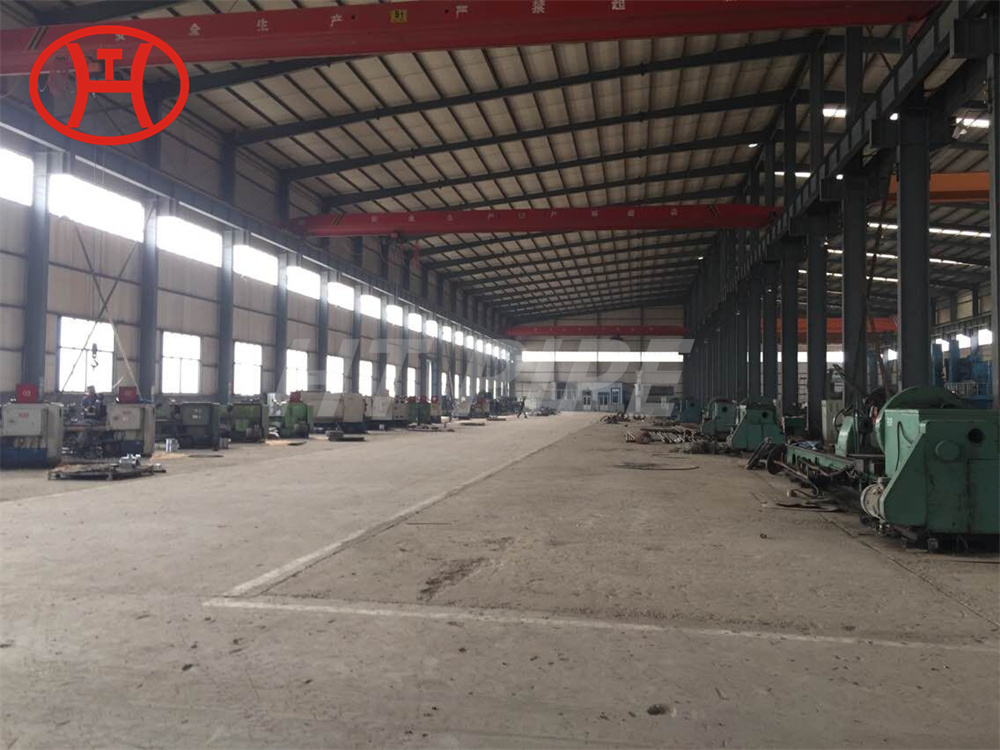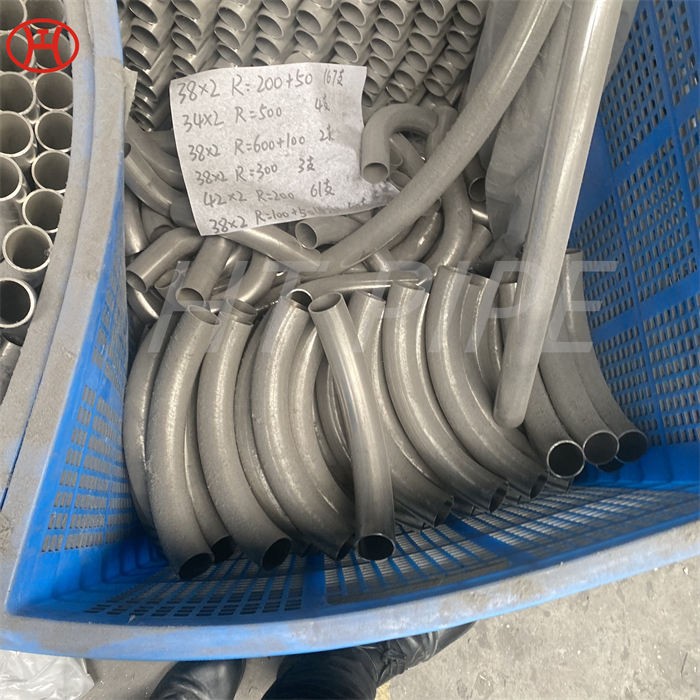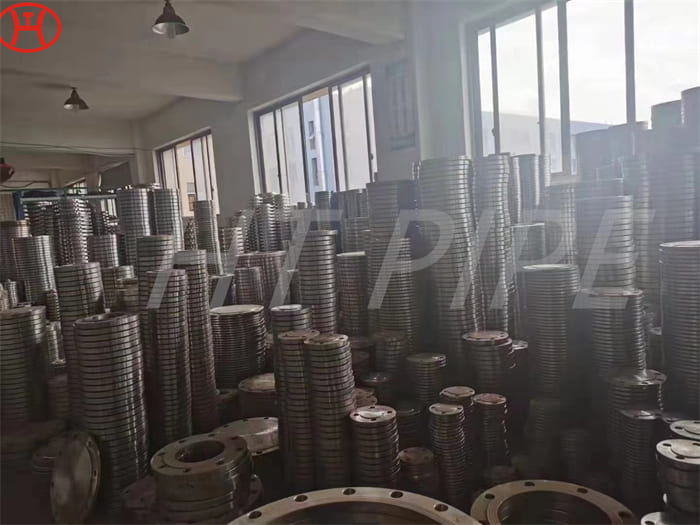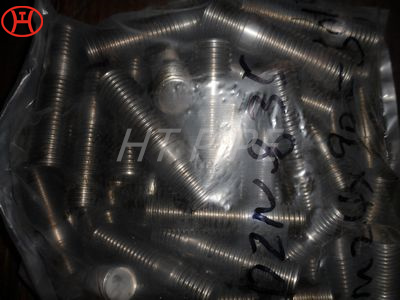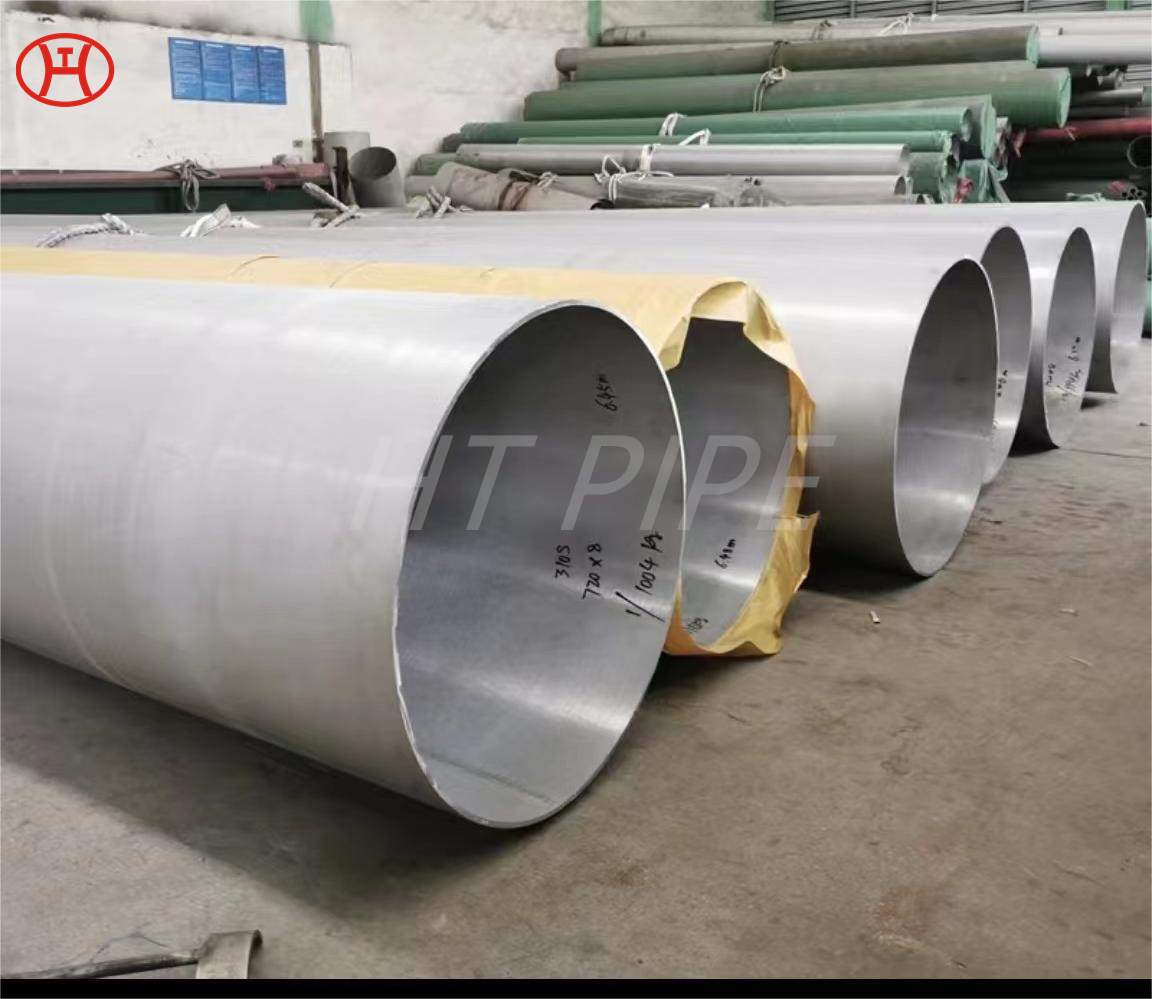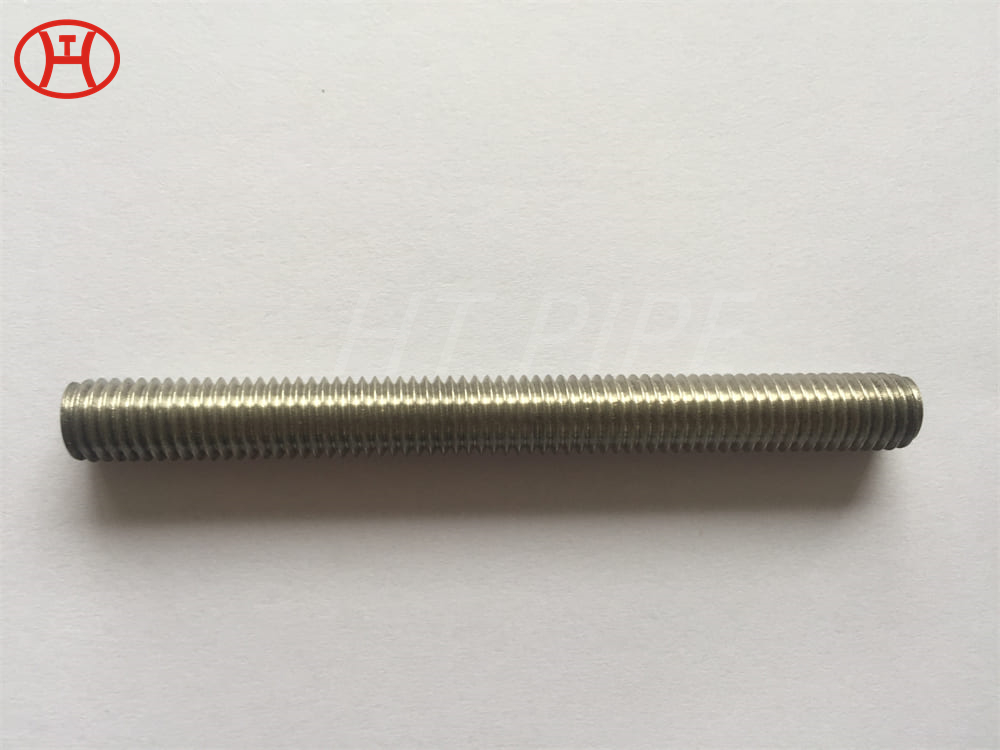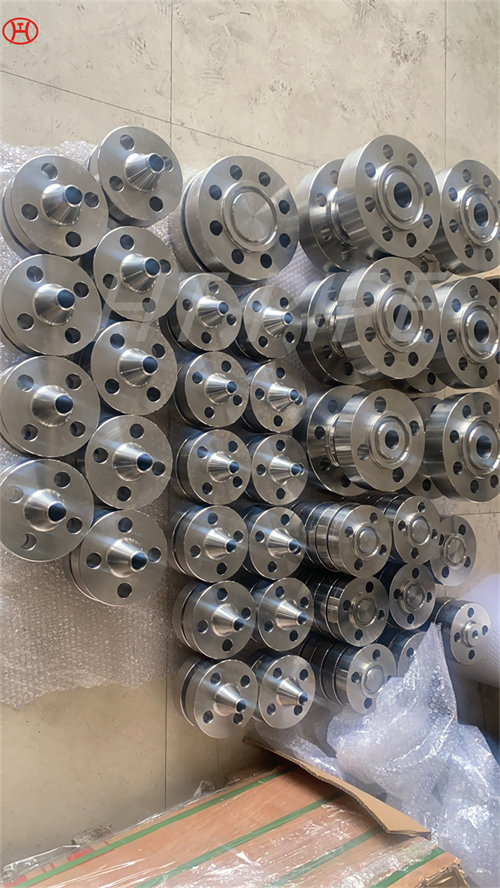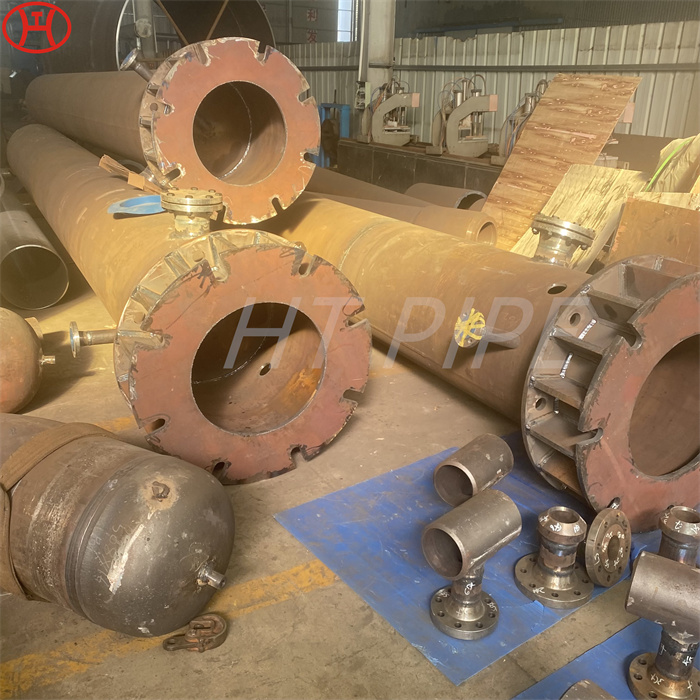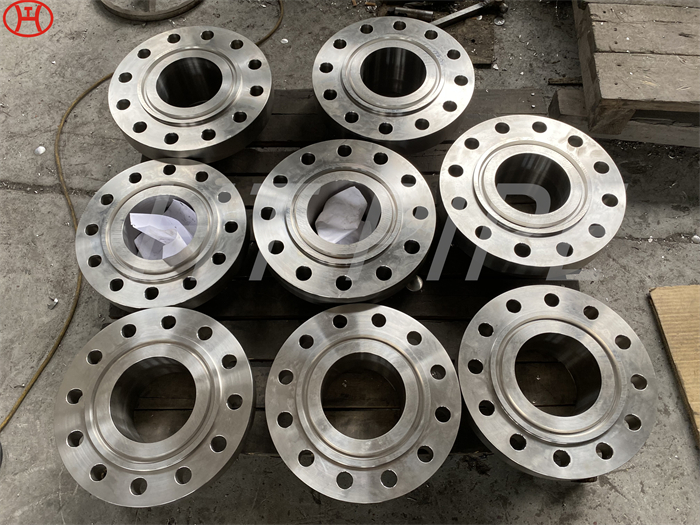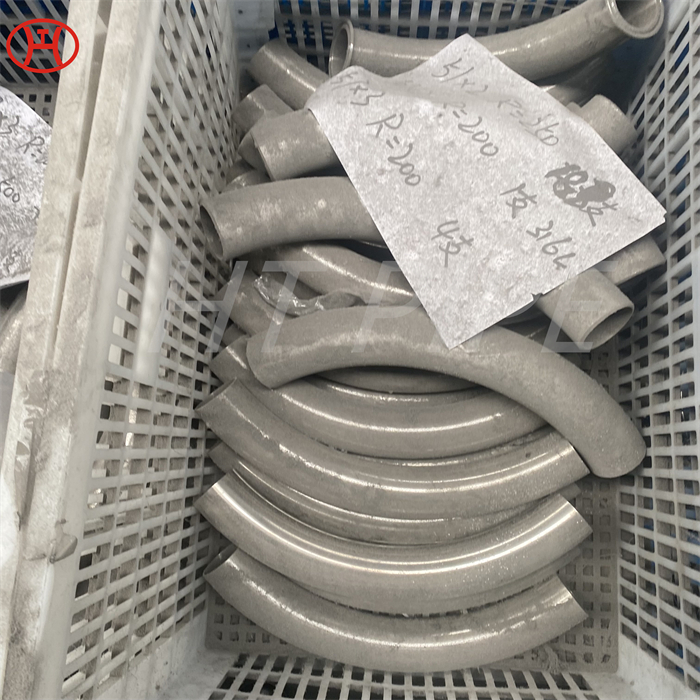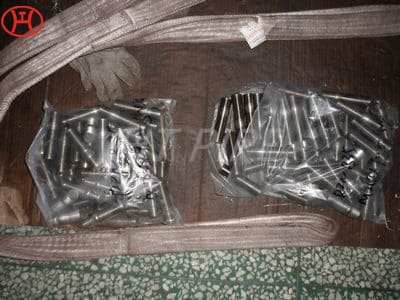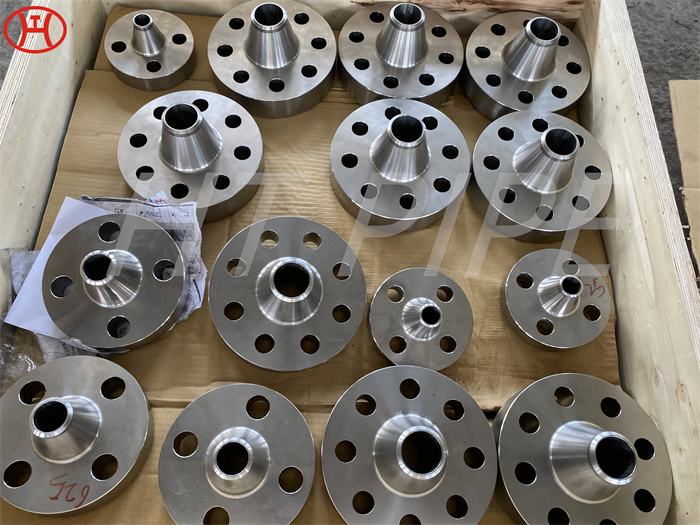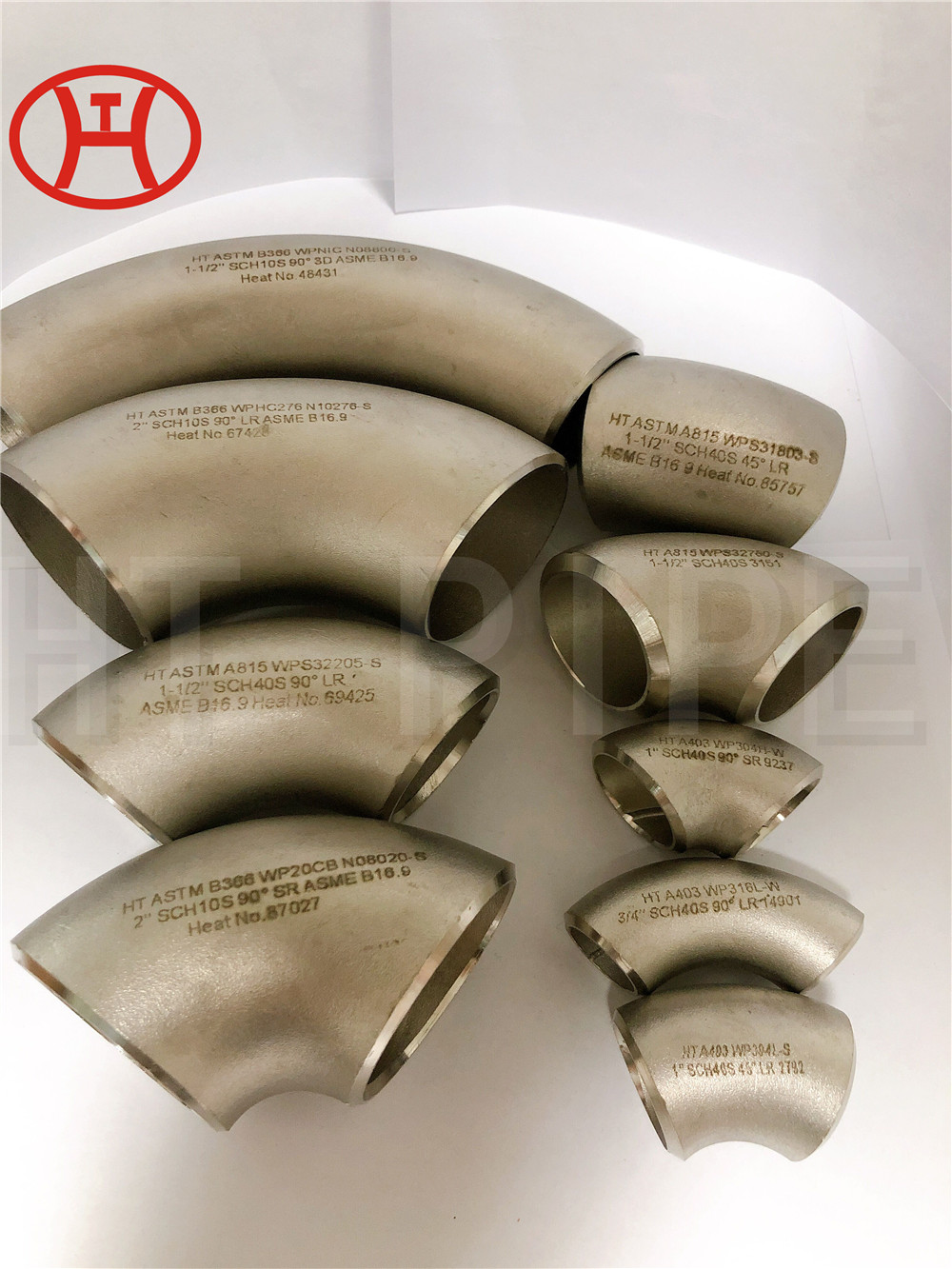Hastelloy B2 N10665 pipes tees with tees and elbows
HastelloyB2 is a nickel-based wrought alloy with excellent resistance to hydrochloric acid at all concentrations and temperatures. Therefore, it has strong resistance to stress corrosion cracking and pitting corrosion. It is also resistant to hydrogen chloride, sulfuric acid, acetic acid and phosphoric acid. Hastelloy B-2 is a grade of Hastelloy?, a nickel-molybdenum alloy. There are many different grades of Hastelloy?, including B-2. Hastelloy? grades are optimized for specific applications. molybdenum
Hastelloy is a registered trademark of Hastelloy International Corporation of the United States, which is a Ni-type corrosion-resistant alloy. As a nickel-molybdenum alloy, Hastelloy B2 has excellent resistance to reducing agents such as hydrogen chloride, sulfuric acid, acetic acid and phosphoric acid. Purified sulfuric and other non-oxidizing acids resistant to Hastelloy B2. This alloy should not be used in oxidizing or reducing media containing oxidizing contaminants. The use of Alloy B2 in systems containing hydrochloric acid can lead to premature failure. Alloy B2 should not be used at temperatures between 1000¡ãF and 1600¡ãF as the alloy forms secondary phases that can reduce the ductility of the material.









































































































